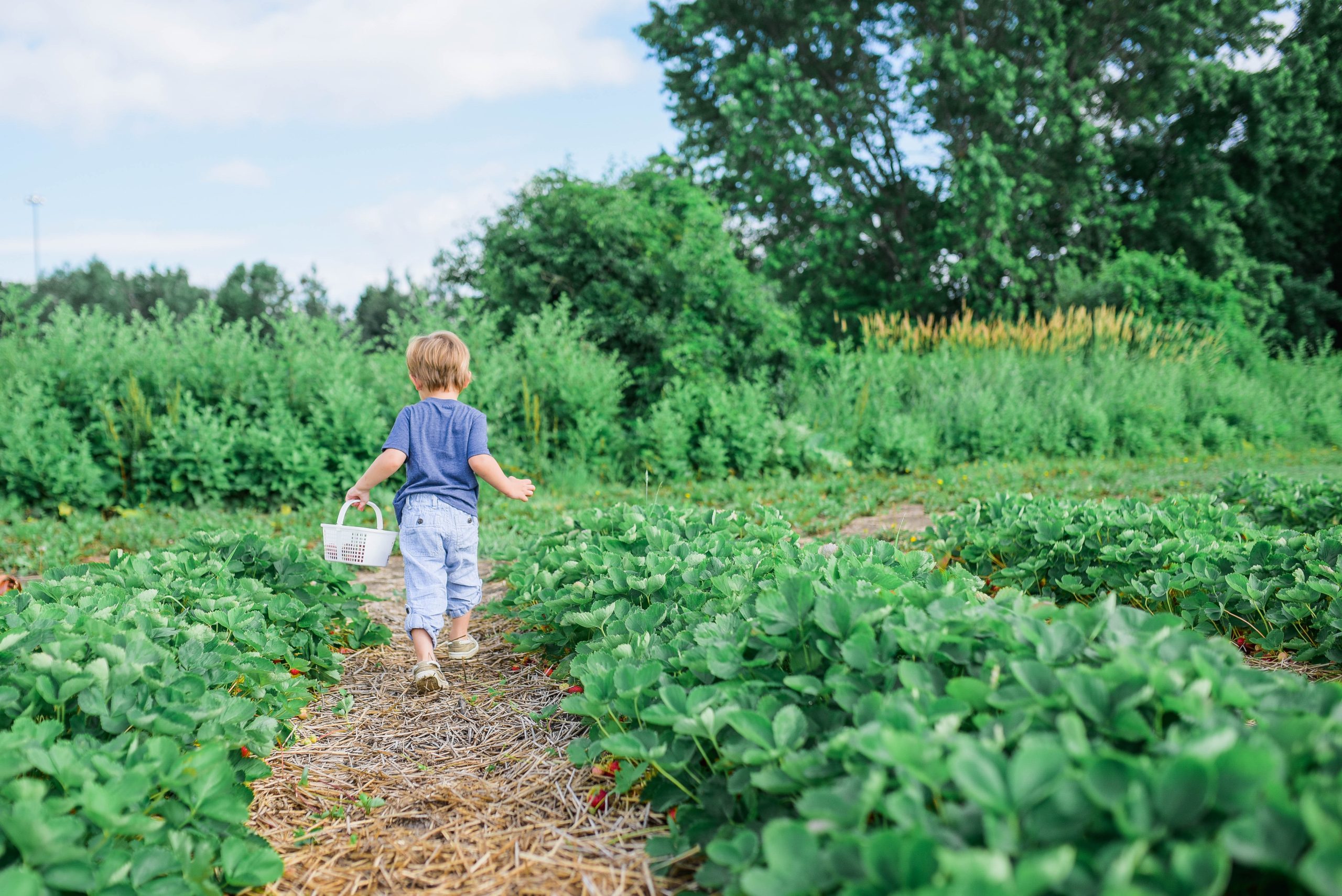As the world becomes more conscious of the impact of climate change, many people are turning to sustainable gardening practices. One such practice is the no-dig garden, which allows for a lush and healthy garden without disturbing the soil. In this guide, we’ll explore the basics of no-dig gardening and provide tips for a successful and sustainable garden.
What is a No-Dig Garden?
A no-dig garden, also known as a lasagna garden, is a gardening technique that involves layering organic materials on top of the soil instead of tilling or digging into it. The layers of organic material create a rich, nutrient-dense soil that is teeming with beneficial microorganisms, making it ideal for plant growth.
The Benefits of No-Dig Gardening
One of the primary benefits of no-dig gardening is that it promotes soil health. Tilling or digging into the soil can disrupt the natural ecosystem of microorganisms that live within it, which can lead to a decline in soil quality. No-dig gardening allows these microorganisms to thrive, which in turn leads to healthier plants and a more productive garden.
Another benefit of no-dig gardening is that it can be a more sustainable option than traditional gardening methods. By using organic materials such as leaves, compost, and grass clippings to create the layers, gardeners can reduce their reliance on synthetic fertilizers and pesticides, which can be harmful to the environment.
Getting Started with No-Dig Gardening
To get started with no-dig gardening, you’ll need to choose a location for your garden. Look for a spot that receives plenty of sunlight and has good drainage. Then, gather your materials. You’ll need a variety of organic materials, including:
- Cardboard or newspaper
- Compost or well-rotted manure
- Leaves, straw, or hay
- Grass clippings
- Any other organic materials you have on hand, such as kitchen scraps or garden waste
To create your no-dig garden, start by laying down a layer of cardboard or newspaper on top of the soil. This will help to smother any existing weeds or grass. Then, add a layer of compost or well-rotted manure. Follow this with a layer of leaves, straw, or hay, and then a layer of grass clippings. Repeat these layers until your garden bed is the desired height, usually around 18-24 inches.
Once you’ve created your garden bed, it’s time to plant! You can either plant directly into the layers or create pockets in the layers for your plants. Water your garden well and watch it thrive!
Tips for a Successful No-Dig Garden
- Start with a thick layer of cardboard or newspaper to prevent weeds from sprouting.
- Use a variety of organic materials to create a nutrient-rich soil.
- Water your garden regularly, especially during hot and dry weather.
- Avoid stepping on the garden bed to prevent compacting the layers.
- Top up the layers with organic material each year to maintain soil health.
In Conclusion
No-dig gardening is a sustainable and effective way to create a lush and healthy garden. By using organic materials to create nutrient-rich soil, you can promote plant growth and reduce your reliance on synthetic fertilizers and pesticides. With a little bit of effort, you can create a beautiful and sustainable garden that will thrive for years to come.




